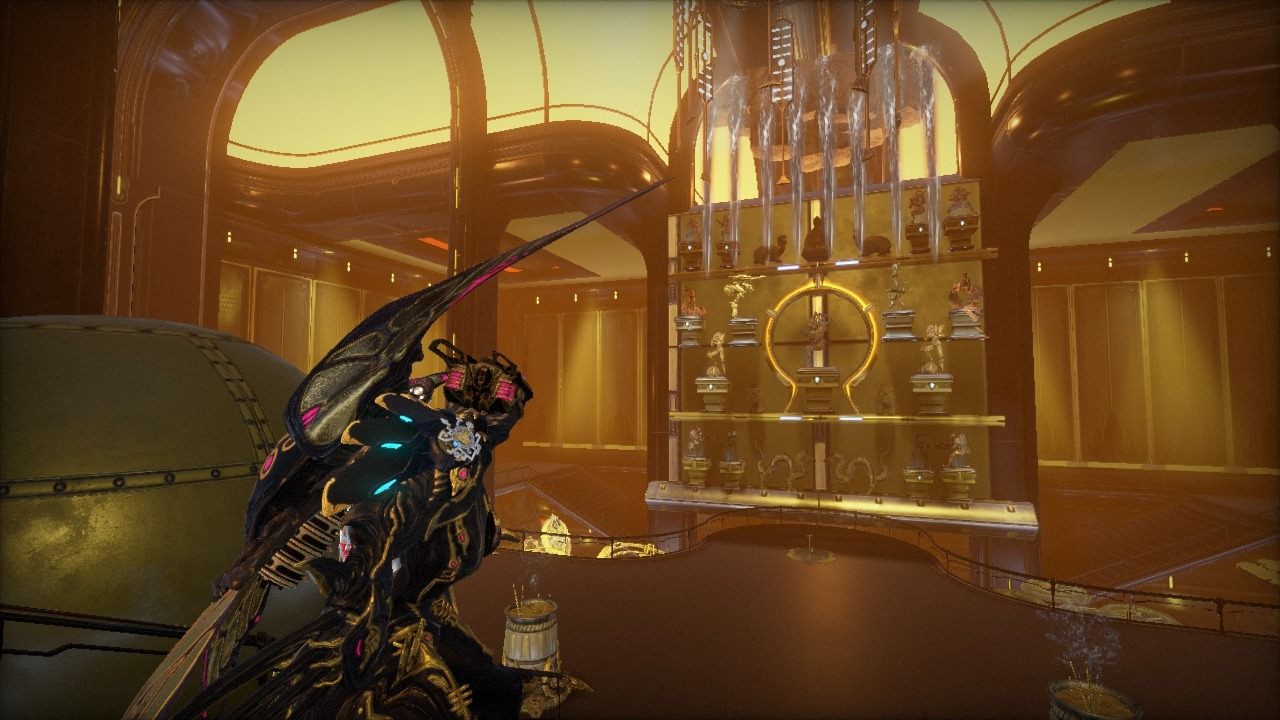In the winter of 1945, Delhi's Connaught Place beckoned with its colonial charm, and young Rajesh found himself captivated by its bustling streets and grand architecture. Armed with his father's cherished Kodak camera—a bulky yet reliable Kodak Retina—he embarked on a photographic odyssey through the heart of New Delhi.
Setting the Scene
As Rajesh and his father arrived at Connaught Place, the morning sun cast long shadows over the wide boulevards. Rajesh eagerly unpacked the camera, carefully attaching a leather case containing additional lenses—an essential accessory for capturing the intricate details of the colonial-era buildings.
Adjusting the Kodak Retina
With practiced hands, Rajesh adjusted the camera settings, carefully selecting the appropriate lens for each shot. He started with a wide-angle lens to capture the expansive vistas of Connaught Place's circular layout, emphasizing its architectural symmetry and spacious parks. Switching lenses was a deliberate process, requiring him to carefully detach the current lens, set it aside in its protective case, and affix the new one with precision.
Choosing Aperture and Exposure
As he framed his shots, Rajesh meticulously adjusted the aperture and exposure settings on the Kodak Retina. For shots of the grand colonnades and arched entrances, he opted for a smaller aperture to ensure crisp details from foreground to background. Adjusting the exposure involved calculating the optimal balance of light and shadow, crucial for capturing the intricate play of sunlight on the colonial facades.
Capturing Candid Moments
Throughout the day, Rajesh wandered through Connaught Place, his camera at the ready to capture candid moments that defined daily life in the bustling marketplace. He photographed street vendors showcasing their wares, children playing amidst the fountains, and families leisurely strolling along the wide promenades. Each click of the shutter froze moments in time, preserving the vibrancy and diversity of Delhi's social fabric.
Engaging with the Community
Rajesh's photographic pursuits also became a means of connecting with the local community. Conversations sparked around his camera, as curious onlookers inquired about its make and operation. Rajesh gladly shared insights into photography, demonstrating how adjusting settings on the Kodak Retina could transform a scene into a timeless image.
The Legacy of Connaught Place
As the sun began its descent, casting a warm glow over Connaught Place, Rajesh captured his final shots of the day. The Kodak Retina faithfully recorded the golden hues of twilight, bathing the colonial architecture in a nostalgic light. His father stood beside him, a silent witness to Rajesh's passion for photography and the unfolding history captured through his lens.
After a full day of exploring and photographing Delhi's Connaught Place with his father's Kodak Retina, Rajesh returned home, eager to develop the roll of film that held the memories of his adventure. In a small dark room tucked away in the corner of their home, Rajesh carefully prepared his makeshift darkroom setup.
Setting Up the Darkroom
Inside the darkroom, Rajesh hung a red safety light overhead to ensure the film would not be exposed to white light, which could ruin the images. The familiar scent of chemicals—developer, stop bath, and fixer—filled the air as he meticulously laid out the tools of his craft: trays for chemicals, tongs for handling the film, and a reel to spool the film onto.
Developing the Film
With practiced hands, Rajesh removed the roll of film from the Kodak Retina and carefully threaded it onto the developing reel. Working methodically in the dim red light, he poured developer into the first tray and began agitating the reel gently, ensuring the chemical coated the film evenly. The anticipation built as the images slowly materialized on the film strip, each frame capturing a slice of life from Connaught Place—its bustling streets, colonial architecture, and the vibrant spirit of Delhi in 1945.
Stop Bath and Fixer
After the film had developed for the appropriate time, Rajesh transferred it to the stop bath to halt the development process. Swirling the reel gently, he watched as the once-clear liquid clarified the film, stabilizing the images. Next, he moved the film to the fixer, which made the images permanent by removing any remaining undeveloped silver halide crystals.
Watching the Images Appear
As Rajesh carefully removed the film from the reel and hung it to dry, he couldn't help but feel a surge of excitement and satisfaction. The moments he had captured throughout the day were now tangible, slowly revealing themselves in the dim red glow of the darkroom. Each photograph told a story—a narrative of architecture, people, and the essence of a place frozen in time.
Reflecting on the Day
While waiting for the film to dry, Rajesh sat in the quiet darkness of the darkroom, reminiscing about his day at Connaught Place. He recalled the curious glances of passersby, the architectural marvels that had stood the test of time, and the vibrant energy that permeated every corner of the marketplace. In that moment, he realized the power of photography to preserve fleeting moments and evoke memories that transcended generations.
Sharing the Photographs
Once the film had dried completely, Rajesh carefully cut the negatives into individual frames and placed them in protective sleeves. With a sense of pride, he presented the developed photographs to his family later that evening. Each image sparked conversations and stories, transporting them back to a Delhi that existed decades ago—a city on the brink of change, captured through the lens of a young boy with a passion for photography and a Kodak Retina that had faithfully recorded history in the making.
Decades later, Rajesh's photographs of Connaught Place remain a poignant testament to an era of transition and transformation in Delhi's urban landscape. Each image not only preserves architectural details and social interactions but also reflects Rajesh's skill in mastering the complexities of his father's cherished Kodak Retina—a camera that bridged generations through its ability to capture moments of beauty, resilience, and cultural exchange in the heart of India's capital.



